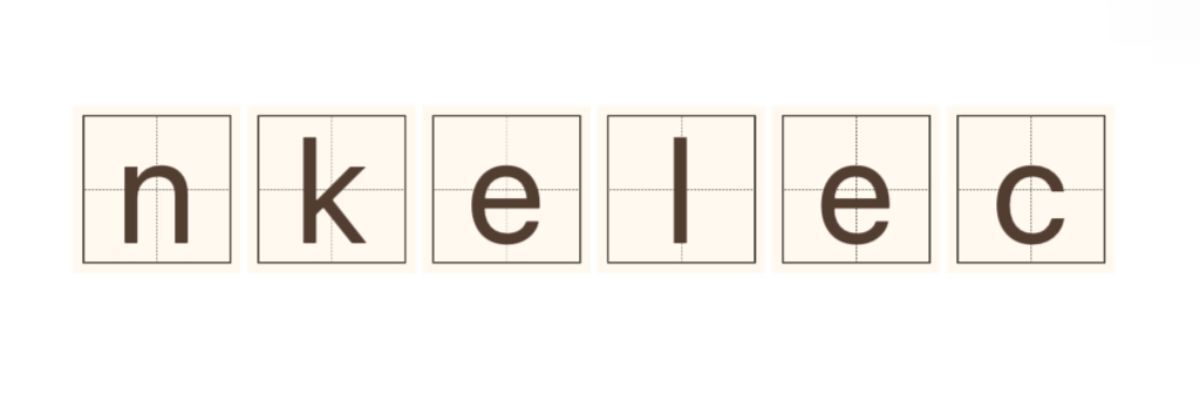How is EV Charging Revolutionized by Inverters?
Mar. 13, 2025
Understanding Inverters in EV Charging
Electric vehicles (EVs) are rapidly becoming a crucial part of our transportation landscape, and the role of inverters in this context cannot be overstated. These devices have transformed how we charge our EVs, especially when integrated with solar energy systems. In this guide, we will explore how inverters revolutionize EV charging, specifically focusing on the application of a single-phase string inverter for solar-powered electric vehicle charging stations.1. Recognize the Need for EV Charging Solutions
The growing number of electric vehicles has led to a surge in demand for efficient charging solutions. Understanding the limitations of traditional charging stations can help you appreciate the advantages that come with modern inverter technology.2. Understand How Inverters Work
An inverter is an essential component that converts direct current (DC) from solar panels into alternating current (AC) so it can be used to charge electric vehicles. Knowing how this conversion works allows you to make informed decisions about your charging setup.3. Identify the Benefits of Using Single Phase String Inverters
Single-phase string inverters are specifically designed for systems that require reliable performance at lower power levels. They are ideal for small-scale installations like home charging stations. Benefits include:- Cost-effectiveness: Lower initial investment compared to larger inverter systems.- Simplicity: Easier to install and maintain, which is perfect for residential use.- Enhanced efficiency: They maximize energy use from solar panels during the day.4. Install Your Solar-Powered EV Charging Station
To set up an effective solar-powered charging station, follow these steps:- Secure the necessary permits: Check local regulations regarding solar installations.- Choose the right inverter: A single-phase string inverter suitable for your solar panel configuration is key.- Install solar panels strategically: Position panels for maximum sunlight exposure and connect them to the inverter.- Connect the inverter to your EV charging unit: Ensure everything is compatible and follow local electrical codes.5. Monitor the Charging Process
Use monitoring tools to track the performance of your solar-powered charging system. Most modern inverters provide real-time data, which lets you see how much energy is produced and used.6. Optimize Your Charging Habits
To maximize efficiency, charge your EV during peak solar hours. Charging during the day when solar output is highest can significantly reduce your electricity costs and enhance the overall sustainability of your charging solution.7. Maintain Your Equipment Regularly
Regular maintenance ensures that both your solar panels and inverters function at peak performance. Clean panels to remove dirt and debris, and check connections to ensure they are secure.Conclusion: Future of EV Charging in Solar Energy
Investing in a single-phase string inverter for a solar-powered electric vehicle charging station can substantially improve your home energy efficiency, reduce your carbon footprint, and support a growing technological trend. By following these steps, you can set up a reliable charging system that benefits you and the environment, positioning you at the forefront of the electric vehicle revolution.The company is the world’s best Lead-Acid Like Lithium Battery supplier. We are your one-stop shop for all needs. Our staff are highly-specialized and will help you find the product you need.
Related links:Residential Energy Storage System Trends to Watch in 2025
162
0
0


Comments
All Comments (0)